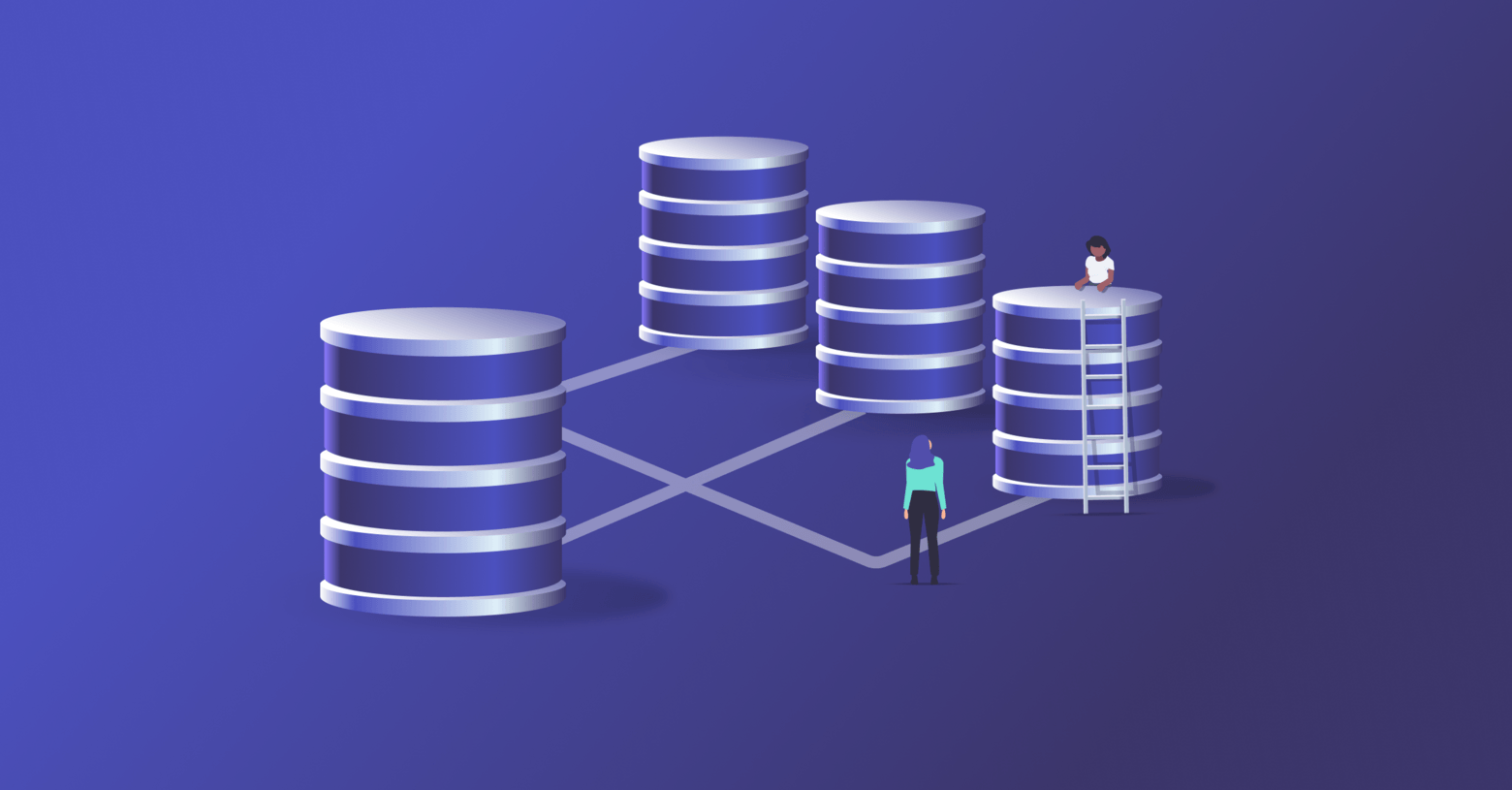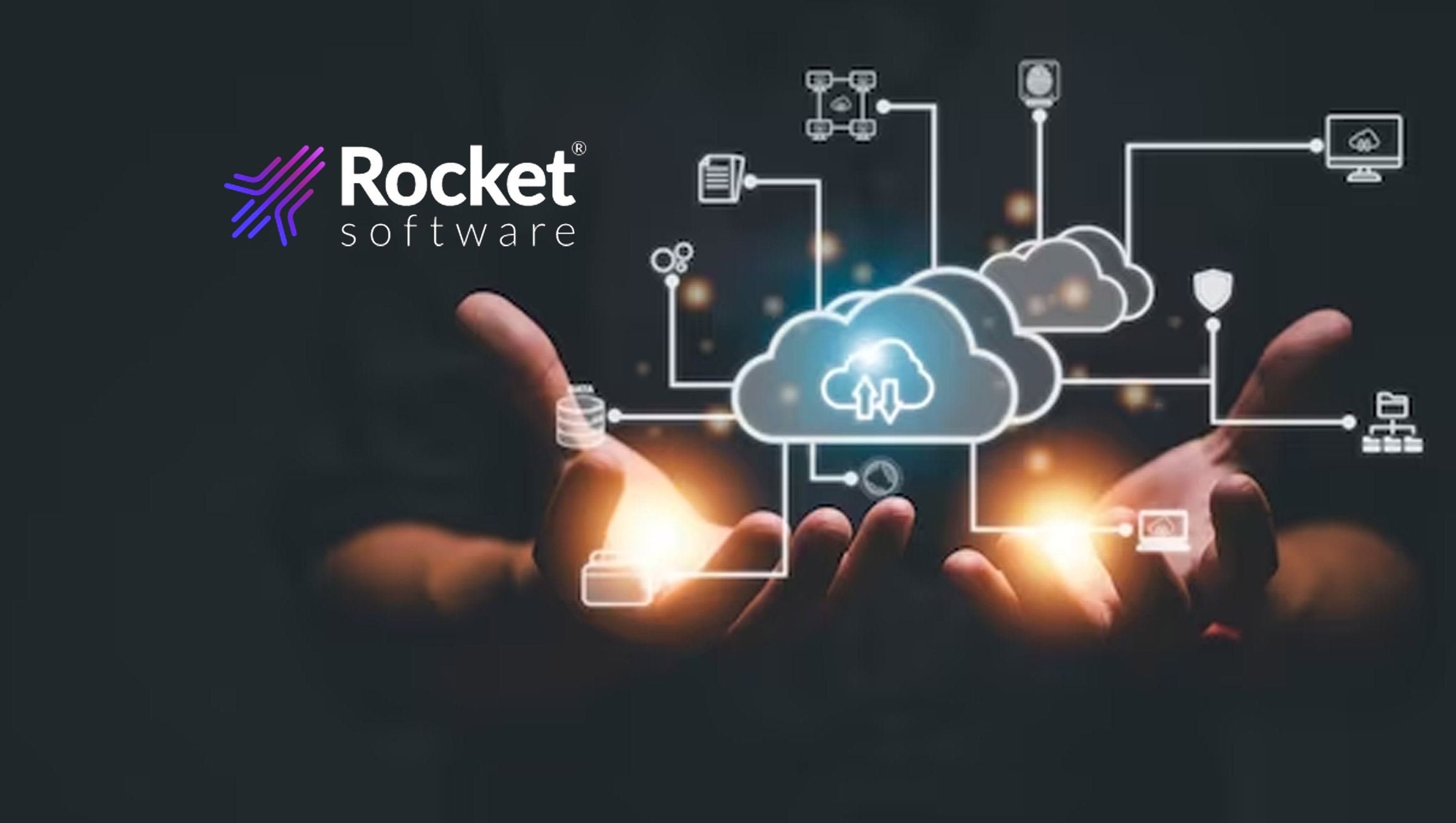Description
Introduction
Database replication and clustering on DBAs are critical strategies for ensuring data availability, reliability, and performance in modern database systems. This course focuses on the principles and practices of managing replication and clustering, enabling Database Administrators (DBAs) to implement solutions that enhance data accessibility and fault tolerance. By mastering these concepts, DBAs can create resilient database environments that support business continuity and performance requirements.
Prerequisites of Database Replication and Clustering
- Basic Understanding of Database Management Systems (DBMS)
- Familiarity with SQL and Database Querying
- Knowledge of Networking Concepts and Database Architecture
Table of Contents
- Introduction to Replication and Clustering
1.1 Definitions and Key Concepts
1.2 Benefits of Replication and Clustering
1.3 Differences Between Replication and Clustering - Types of Database Replication
2.1 Synchronous vs. Asynchronous Replication
2.2 Snapshot, Transactional, and Merge Replication
2.3 Use Cases for Different Replication Types - Setting Up Database Replication
3.1 Planning for Replication Implementation
3.2 Configuring Replication in SQL Server(Ref: Database Monitoring Tools on Database Administrators(DBAs))
3.3 Implementing Oracle GoldenGate for Replication - Managing Replication
4.1 Monitoring Replication Status and Performance
4.2 Troubleshooting Common Replication Issues
4.3 Implementing Failover and Recovery Procedures - Introduction to Database Clustering
5.1 Understanding Cluster Architecture
5.2 Benefits of Database Clustering
5.3 Key Components of a Clustered Database Environment - Configuring Database Clustering
6.1 Setting Up Windows Server Failover Clustering (WSFC)
6.2 Configuring SQL Server Always On Availability Groups
6.3 Implementing Oracle RAC for Clustering - Monitoring and Managing Clusters
7.1 Tools for Monitoring Cluster Performance
7.2 Best Practices for Cluster Management
7.3 Handling Failover Scenarios in Clusters - Data Consistency and Integrity
8.1 Ensuring Data Consistency Across Replicated Databases
8.2 Managing Conflicts in Multi-Master Replication
8.3 Implementing Data Integrity Checks - Security Considerations for Replication and Clustering
9.1 Securing Replicated Data in Transit and at Rest
9.2 Managing User Access and Permissions
9.3 Compliance with Regulatory Standards - Case Studies and Real-World Implementations
10.1 Successful Replication and Clustering Implementations
10.2 Lessons Learned from Challenges and Solutions
10.3 Best Practices from Industry Leaders
Conclusion
This course provides Database Administrators (DBAs) with the essential knowledge and skills to effectively manage database replication and clustering. By understanding the principles and practices of these technologies, you will be equipped to implement solutions that enhance data availability and performance while ensuring data integrity. Emphasizing practical strategies and real-world applications, this course prepares you to create resilient database environments that meet the demands of modern business applications.







Reviews
There are no reviews yet.